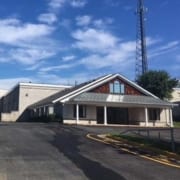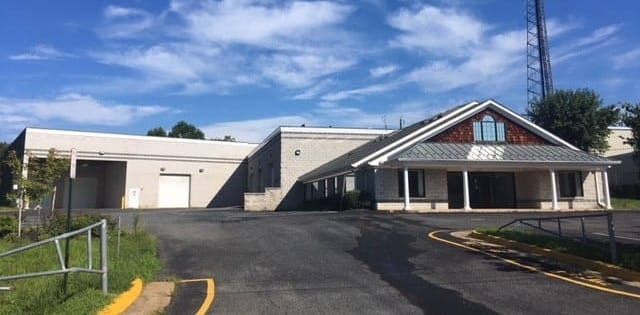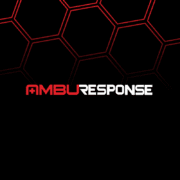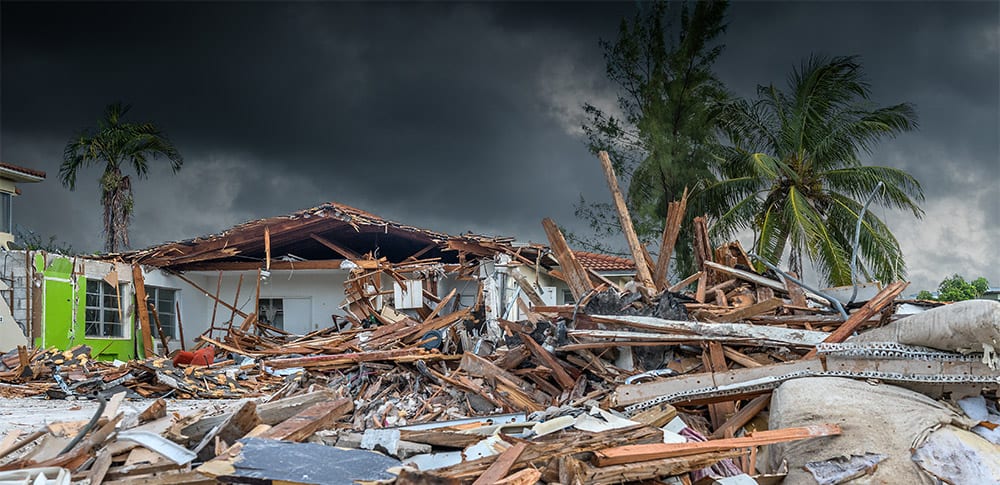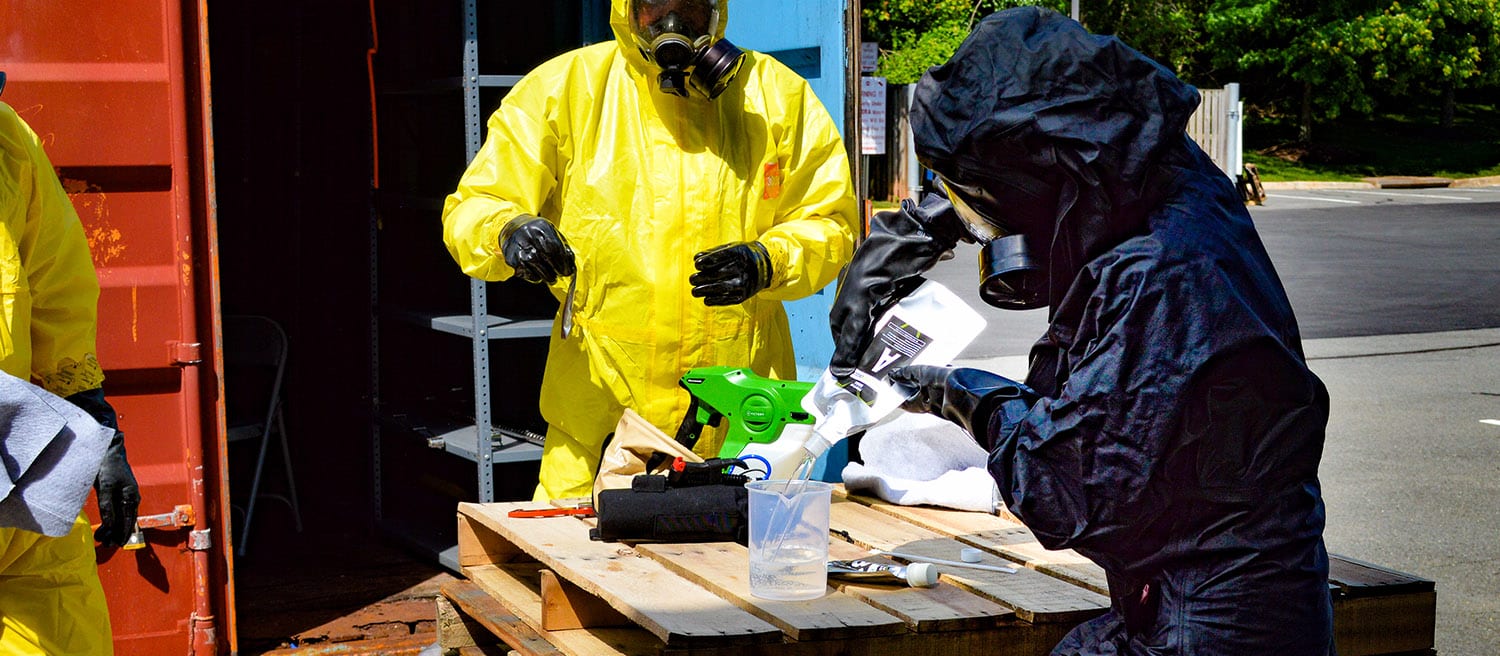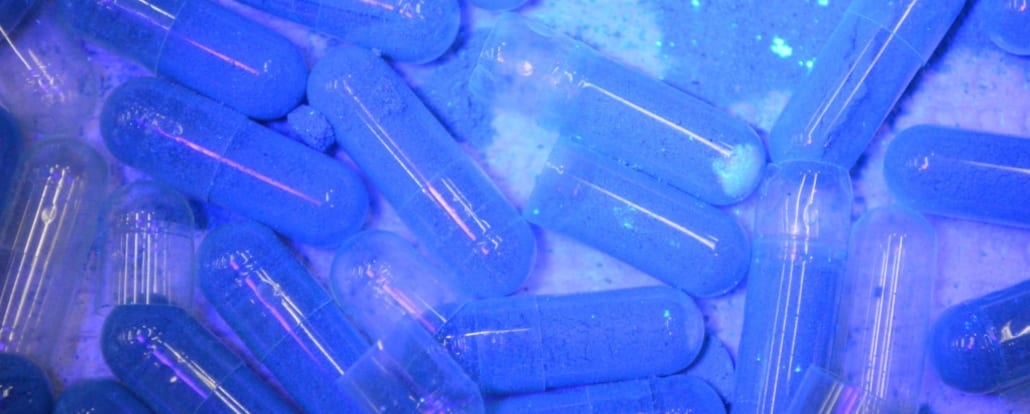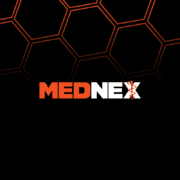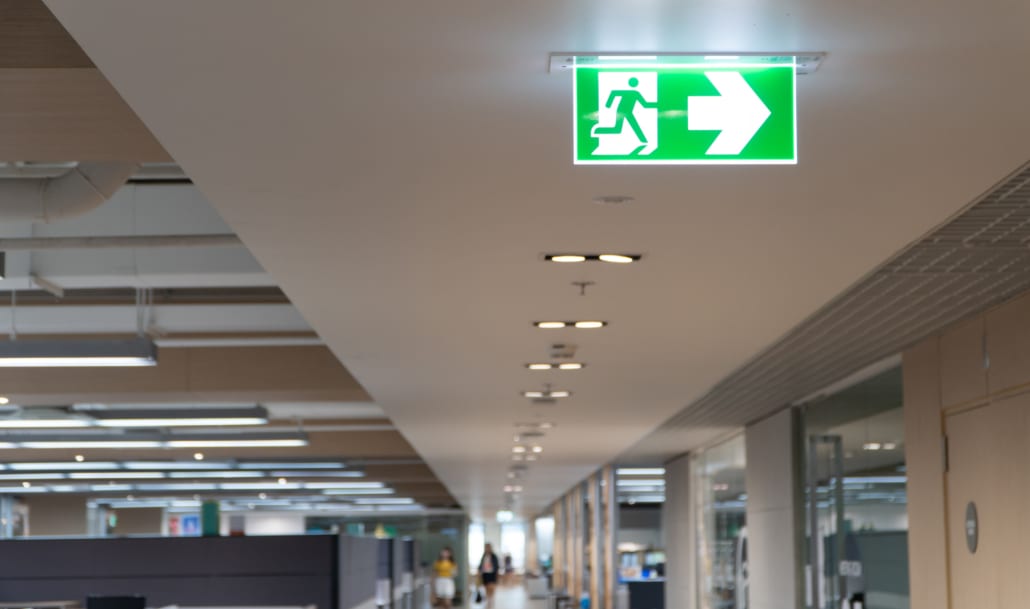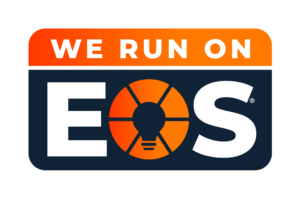
Inc. Magazine Unveils Its Annual List of America’s Fastest-Growing Private Companies—the Inc. 5000
NEW YORK, August 14, 2019 – Inc. magazine today revealed that First Line Technology (FLT) is No. 4256 on its annual Inc. 5000 list, the most prestigious ranking of the nation’s fastest-growing private companies. The list represents a unique look at the most successful companies within the American economy’s most dynamic segment—its independent small businesses. Microsoft, Dell, Domino’s Pizza, Pandora, Timberland, LinkedIn, Yelp, Zillow, and many other well-known names gained their first national exposure as honorees on the Inc. 5000.
“We’re very proud that First Line Technology has been able to achieve a growth rate of 72% over three years in its sixteenth year in business. Our continuing high growth rates can be attributed to our success in taking innovative discoveries from the lab and developing them into life-saving solutions for responders and the military.”
Amit Kapoor, President and CEO, First Line Technology
Not only have the companies on the 2019 Inc. 5000 (which are listed online at Inc.com, with the top 500 companies featured in the September issue of Inc., available on newsstands August 20) been very competitive within their markets, but the list as a whole shows staggering growth compared with prior lists. The 2019 Inc. 5000 achieved an astounding three-year average growth of 454 percent, and a median rate of 157 percent. The Inc. 5000’s aggregate revenue was $237.7 billion in 2018, accounting for 1,216,308 jobs over the past three years.
Complete results of the Inc. 5000, including company profiles and an interactive database that can be sorted by industry, region, and other criteria, can be found at www.inc.com/inc5000.
“The companies on this year’s Inc. 5000 have followed so many different paths to success,” says Inc. editor in chief James Ledbetter. “There’s no single course you can follow or investment you can take that will guarantee this kind of spectacular growth. But what they have in common is persistence and seizing opportunities.”
The annual Inc. 5000 event honoring the companies on the list will be held October 10 to 12, 2019, at the JW Marriott Desert Ridge Resort and Spa in Phoenix, Arizona. As always, speakers include some of the greatest innovators and business leaders of our generation.
About First Line Technology
First Line Technology has developed a wide range of world-class solutions for first responders and the military. FLT has pioneered an entirely new approach to the decontamination of fentanyl, synthetic opioids, and hundreds of other known and emerging threats. Their Hybrid Decontamination process utilizes FiberTect, a three-part, activated carbon wipe to remove up to 95% of the bulk contaminant. The remaining contaminant is then sprayed with Dahlgren Decon, a peracetic acid -based solution that chemically neutralizes the threat.
FLT developed the AmbuBus Conversion Kit that is used to convert any school or transit bus into a multi-patient transport vehicle in less than two hours with no power tools. There are over 550 AmbuBuses on the road that are used for mass casualty events, hospital and nursing home evacuations, responder rehab, victim sleeping quarters, and hospital surge situations.
With the rise of global temperatures, heat stress is becoming a serious problem. First Line Technology offers both PhaseCore professional grade cooling vests and the Immersion Cooling Equipment (ICE) System, a team-sized arm immersion cooling solution.
First Line Technology was recently featured in a video produced by Fairfax County Economic Development Agency as one of the most innovative companies in Northern Virginia. To see the video visit https://www.firstlinetech.com/news/first-line-technology-recognized-for-lab-to-life-saving-innovations/.
For more information on First Line Technology and any of their products or services, visit https://www.firstlinetech.com/
CONTACT:
Tim Karney, Marketing Manager
First Line Technology
3656 Centerview Drive, Suite 4
Chantilly, Virginia 20151
(703) 955-7510
tkarney@firstlinetech.com
More about Inc. and the Inc. 5000
Methodology
The 2019 Inc. 5000 is ranked according to percentage revenue growth when comparing 2015 and 2018. To qualify, companies must have been founded and generating revenue by March 31, 2015. They had to be U.S.-based, privately held, for profit, and independent—not subsidiaries or divisions of other companies—as of December 31, 2018. (Since then, a number of companies on the list have gone public or been acquired.) The minimum revenue required for 2015 is $100,000; the minimum for 2018 is $2 million. As always, Inc. reserves the right to decline applicants for subjective reasons. Companies on the Inc. 500 are featured in Inc.’s September issue. They represent the top tier of the Inc. 5000, which can be found at http://www.inc.com/inc5000.
About Inc. Media
Founded in 1979 and acquired in 2005 by Mansueto Ventures, Inc. is the only major brand dedicated exclusively to owners and managers of growing private companies, with the aim to deliver real solutions for today’s innovative company builders. Inc. took home the National Magazine Award for General Excellence in both 2014 and 2012. The total monthly audience reach for the brand has been growing significantly, from 2,000,000 in 2010 to more than 20,000,000 today. For more information, visit www.inc.com.
The Inc. 5000 is a list of the fastest-growing private companies in the nation. Started in 1982, this prestigious list has become the hallmark of entrepreneurial success. The Inc. 5000 Conference & Awards Ceremony is an annual event that celebrates the remarkable achievements of these companies. The event also offers informative workshops, celebrated keynote speakers, and evening functions.
For more information on Inc. and the Inc. 5000 Conference, please visit http://conference.inc.com/.

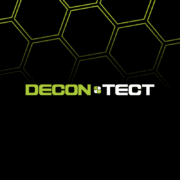
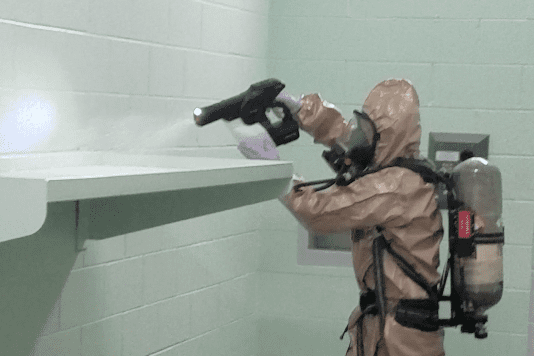

 .
.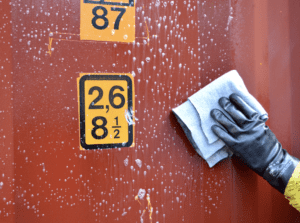 Enhanced using an electrostatic sprayer
Enhanced using an electrostatic sprayer